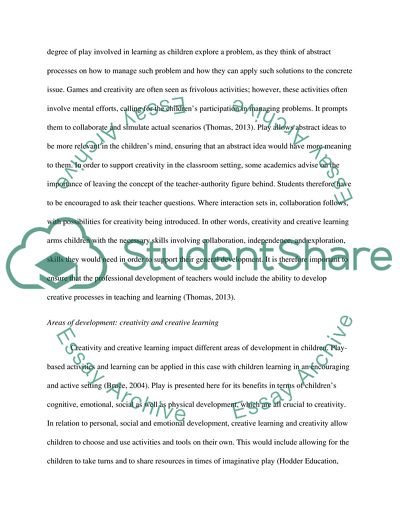Cite this document
(“Promoting Creativity and Creative Learning in Young Children Assignment”, n.d.)
Promoting Creativity and Creative Learning in Young Children Assignment. Retrieved from https://studentshare.org/education/1831154-promote-creativeity-and-creative-learning-in-young-childre
Promoting Creativity and Creative Learning in Young Children Assignment. Retrieved from https://studentshare.org/education/1831154-promote-creativeity-and-creative-learning-in-young-childre
(Promoting Creativity and Creative Learning in Young Children Assignment)
Promoting Creativity and Creative Learning in Young Children Assignment. https://studentshare.org/education/1831154-promote-creativeity-and-creative-learning-in-young-childre.
Promoting Creativity and Creative Learning in Young Children Assignment. https://studentshare.org/education/1831154-promote-creativeity-and-creative-learning-in-young-childre.
“Promoting Creativity and Creative Learning in Young Children Assignment”, n.d. https://studentshare.org/education/1831154-promote-creativeity-and-creative-learning-in-young-childre.


